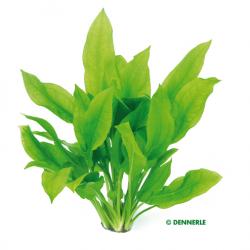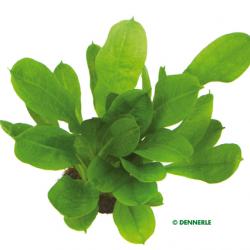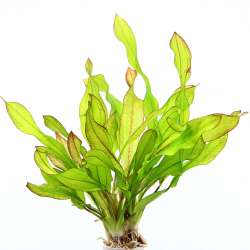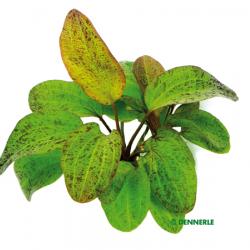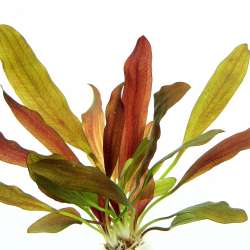Mittel

Helanthium tenellum ‘Broad Leaf’ In-Vitro
 Lighting
Lighting
 Color
Color
 Position
Position
 20 - 28 °C
Temperature
20 - 28 °C
Temperature
 CO2
CO2
 60 cm
Growth
60 cm
Growth
Family:
Alismataceae
Species:
Helanthium
Type:
Rosettenpflanze
We discovered this grass-like beauty on our Florida Plantahunter Tour in winter 2012. At first glance it looks very similar to Helanthium tenellum (former name: Echinodorus tenellus) and is easily confused. The difference lies in the colour and width of the leaves and the growth height appears to be somewhat smaller. We named this plant 'Broad Leaf' due to the width of the leaf blades being up to 2.5 mm. The colour of the leaves stays bright mid-green, so it combines well with colourful plants such as Hygrophila pinnatifida, for example. Care needs are similar to the standard Helanthium tenellum. Lawn formation is encouraged by vigorous pruning.







